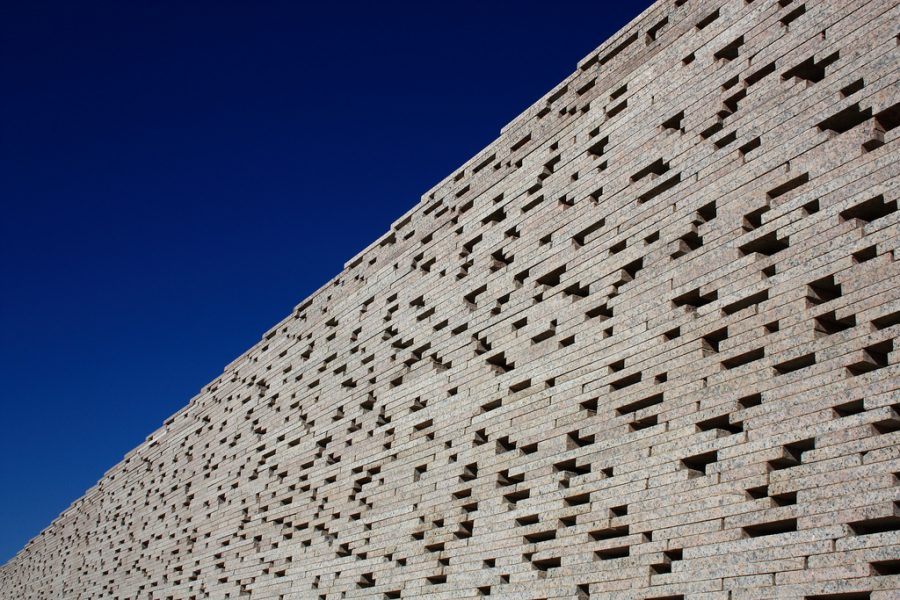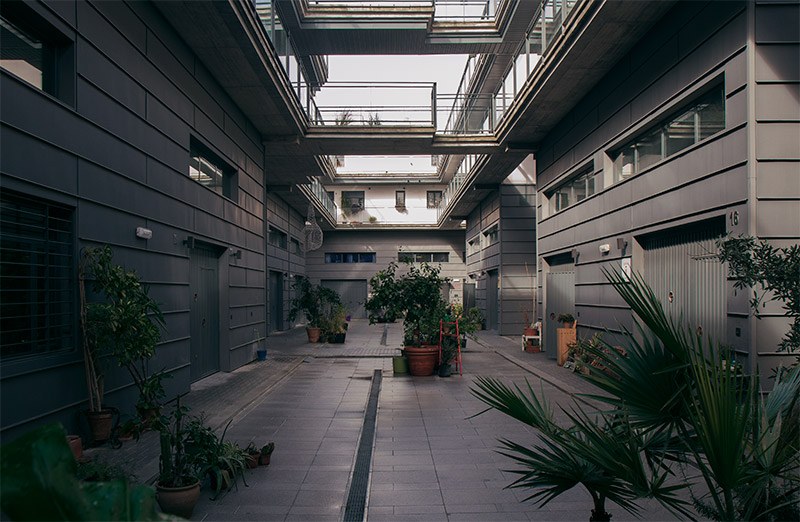Contemporary architecture in Andalusia: the utilisation of light.

To know about Andalusian architecture, we can address the materials, the structures, the construction or the design itself. But if we want to learn about its essence, we need to speak about the light. This is, without a doubt, the main material that builds our spaces. In fact, one of the interests of our architecture, both historic and contemporary, is to discover the strategies used to transform the light into a material. Because we can “design” the light. And this is what architecture has been doing throughout history in the Mediterranean region: shaping the light to make it habitable. Depending on how we use it, the architecture can be beautiful, comfortable, and it can even be vibrant; but in excess, the light can also disturb. The adequate filter, which allows an appropriate atmosphere for each activity, is essential in the South.

The interior of Caja Granada by Alberto Campo Baeza, Granada. AUTHOR: Hisao Suzuki
Comfortable spaces due to the control of the dimness
Furthermore, we use and tame the light as another element with which we can work, to make it spread through the surfaces, but also to look for the opposite: the shadow. Because we need “comfortable dimness’s”. This notion, coined by the architect Antonio Jiménez Torrecillas from Granada, reveals one of the most important objectives of our architecture: to find spaces where the eyes rest; welcoming places where we can relax, unlike the overexposed exterior.

Holes in the wall of the Albaicin by Antonio Jiménez Torrecillas, Granada. AUTHOR: Chalo Alonso
The light in different spaces
In all our guided tours around Andalusia, it is possible to visit significant examples built with a special light. Like the magical and well preserved Bañuelo, a hammam (Arab baths) of the 11th Century. The control of the light encourages us to lower our voices once we are inside, as it transmits tranquility and peace. It has greatly influenced the contemporary architecture in Granada.

The medium temperature room of the Bañuelo, Granada. AUTHOR: Sara Amaro
The well-known Andalusian patio (courtyard) occurred precisely because of the need for controlled and nuanced entries of light and the necessity of protected outside spaces with shade. The evolution from the traditional patio typology to the contemporary interpretation, draws up routes to discover how this Roman element has built the Andalusian cities and towns. We can see it in such interesting spaces like Rompemoldes in Seville by Ochoa Castileiro and Guerrero Durán (2012), or Caja Granada (2001), defined by the author, Campo Baeza, as an impluvium of light.

The patio of Rompemoldes with the studio-houses, Seville. AUTHOR: Comunidad Rompemoldes
Andalusia is much more than sun: it is the architecture of light, or we could also say, of the wise use of the shade. You can get to know all the strategies for utilizing light as a fundamental material, with the professional tours for architects around Andalusia. Visiting its different inland towns or mountains or coast, it will be a trip that will be full of sensations, emotions, knowledge and, of course, light.
Text by: Blanca Espigares Rooney, Masquetours






No Comments